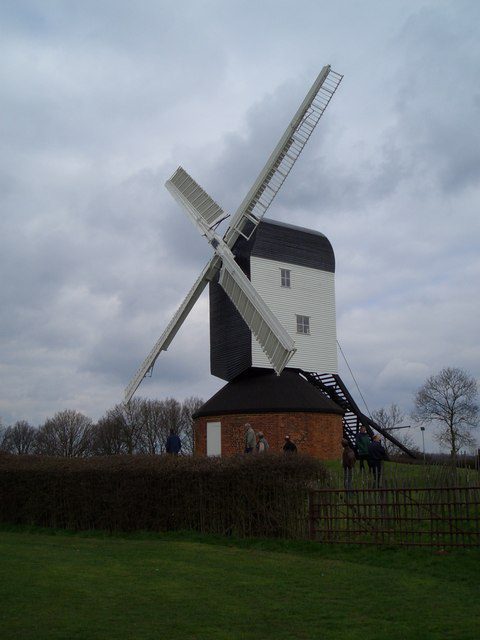When it comes to beer, there is an incredible variety of styles and flavours to suit every taste. Two of the most popular categories are lager and ale, each with its distinct characteristics. However, have you ever wondered which type of beer costs more to produce? In this blog, we will delve into the brewing process and explore the factors that contribute to the production costs of lager and ale.
Understanding the Brewing Process
To comprehend the cost differences between lager and ale, it’s essential to understand the brewing process. Both beer types share fundamental steps, including malting, mashing, boiling, fermentation, and packaging. However, there are key distinctions in terms of ingredients and fermentation techniques.
Lager Production Costs:
Lager brewing typically requires a more extended and intricate fermentation process compared to ale. The primary reason is the use of bottom-fermenting yeast strains, which operate at lower temperatures and necessitate longer maturation periods. This extended fermentation period increases production costs, as it ties up the fermentation tanks and requires additional time and resources to maintain the desired temperature.
Another factor contributing to larger’s higher production costs is the use of specific ingredients. Lagers typically employ lighter malt varieties, which are more expensive than the malt used in ales. Additionally, some larger styles may require additional ingredients such as rice or corn adjuncts, further impacting the overall production costs.
Ale Production Costs:
In contrast to lagers, ales utilize top-fermenting yeast strains that ferment at higher temperatures and generally have shorter maturation periods. This shorter fermentation time translates to reduced production costs, as it allows for a quicker turnover of fermentation tanks and a higher brewing capacity.
The ingredients used in ale production also contribute to its cost dynamics. Ales typically employ a wider variety of malt types, including darker malts that add complexity and flavour. While these malts may have a higher price tag, the overall cost impact is mitigated by the shorter fermentation time and the ability to reuse yeast more frequently, leading to greater efficiency and cost savings.
Other Considerations
It’s important to note that the production costs of lager and ale can vary significantly based on factors such as the scale of the brewery, location, and the specific recipe and ingredients used. Different breweries may have varying access to raw materials, economies of scale, and efficiency in their production processes, all of which can influence the overall costs.
Conclusion
Determining which type of beer costs more to produce, lager or ale, is a complex question with multiple variables at play. While larger production tends to incur higher costs due to longer fermentation times and specific ingredients, ale production benefits from shorter fermentation periods and the ability to reuse yeast. Ultimately, the cost dynamics depend on various factors, making it challenging to generalize. However, understanding the key differences between lager and ale production sheds light on the fascinating world of brewing economics.






